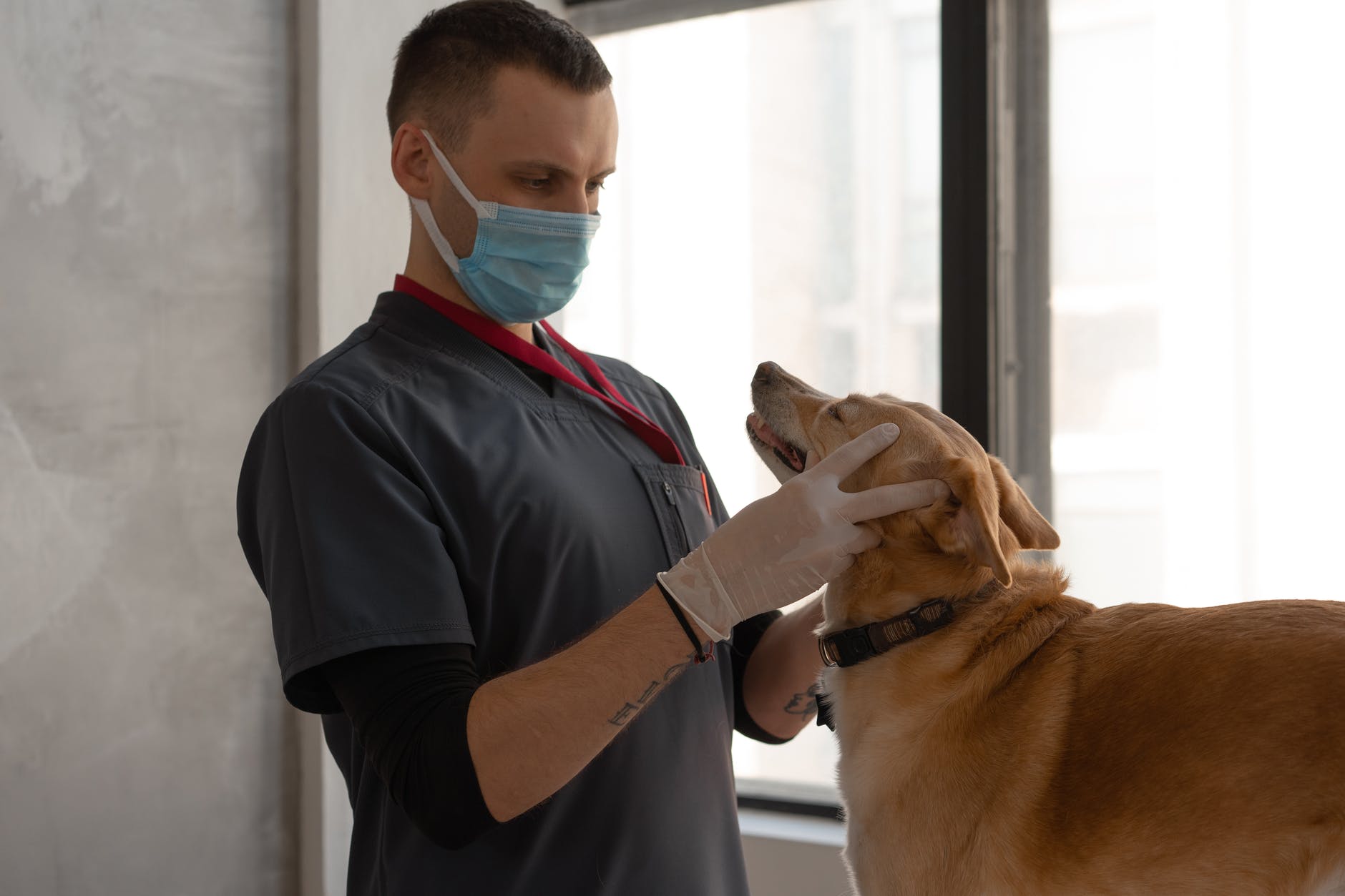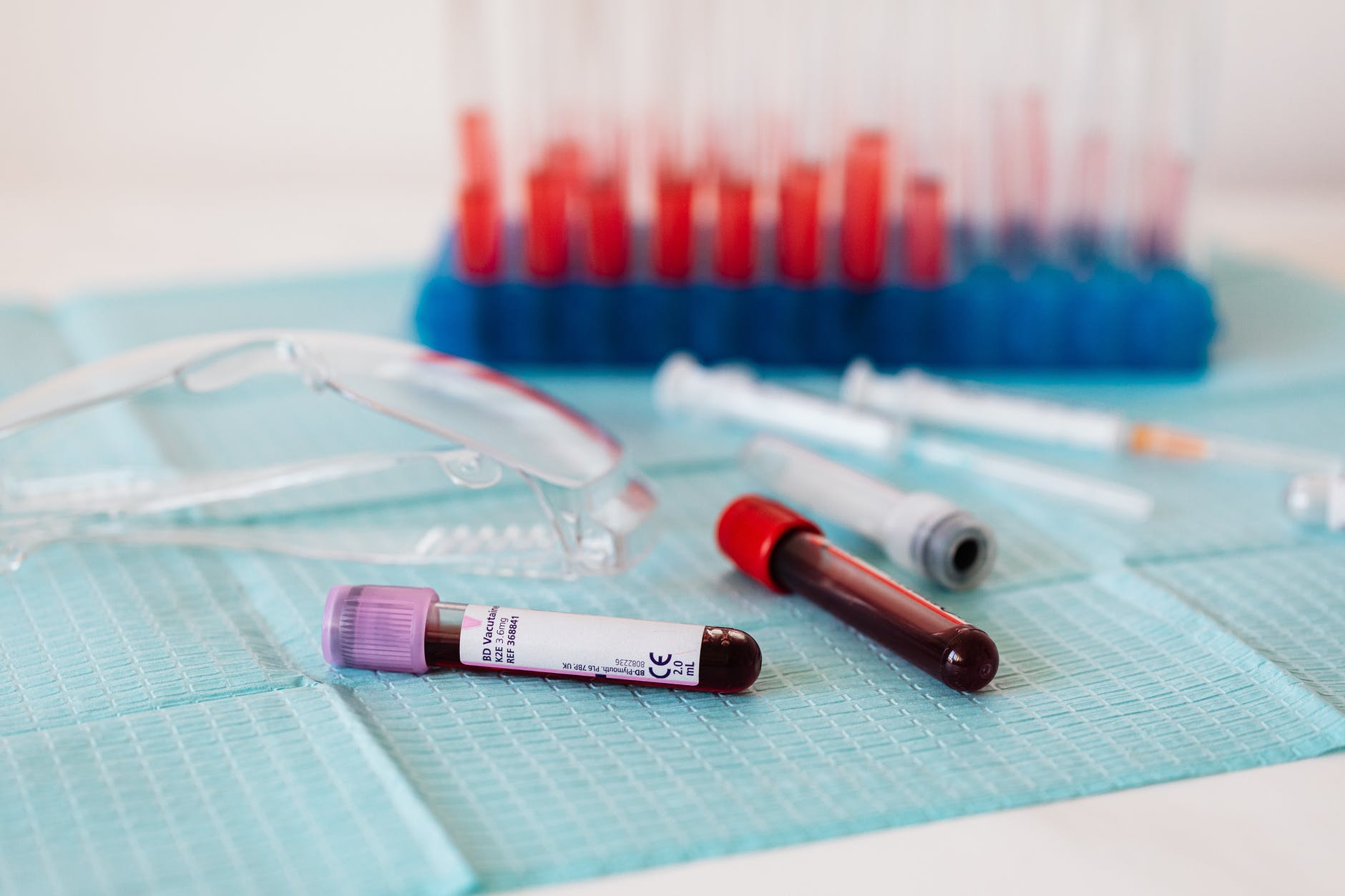Numerous conditions defined by unchecked cell proliferation fall under the umbrella term “cancer.” Although there are some cancers that do not produce tumors, these illnesses most frequently cause an abnormal mass of tissue (tumor). If treatment is not pursued, cancer cells will generally continue to grow, proliferate faster than healthy cells, and the body becomes chaotic.
Any cell in the body has the potential to develop cancer, and there are many different forms of cancer. Based on the tissues from which they originate, tumors are categorized (e.g. muscle or skin or organ). It’s important to understand that a tumor in your dog may either be benign (non-cancerous) or malignant (cancerous).
Malignant tumors can spread to other sections of the body or even to distant locations, in contrast to benign tumors. The ability of malignant tumors to spread throughout the body is well established. Cancer cells start to spread from the initial tumor site and attach to tissues that aren’t connected to the original tumor as the disease progresses (where the cancer started).
What Causes Cancer?
Since there are multiple contributing factors, cancer cannot be solely linked to one of them. Cancer is generally brought on by cellular genetic damage. Trillions of cells make up the body, which then cluster to create tissues and organs like the skin, blood, muscles, bones, heart, and lungs. DNA in cells contains genes that instruct them on when to divide, grow, function, and die.

When normal cells grow old and die, their replacements proceed in a systematic manner. However, occasionally this process is halted by elements like radiation, chemicals, hormones, or viruses that lead to aberrant cell growth. Although some abnormalities can develop on their own, age can sometimes be a role.
When abnormal, old, or damaged cells continue to grow after being supposed to die and be replaced by normal cells (apoptosis), cancerous growths result. Tumors are unintended lumps or growths that can develop when aberrant cells divide and expand uncontrollably. Additionally, cancers can release cells into the circulation, where they can freely circulate throughout the body.
When abnormal, old, or damaged cells continue to grow after being supposed to die and be replaced by normal cells (apoptosis), cancerous growths result.
Drake Dog Cancer Foundation
All mammals have protective immunological mechanisms that stop or reverse cellular harm. These defense mechanisms are not flawless, though. Some people have defense flaws, which causes a greater than predicted incidence of cancer. Some of those flaws are hereditary; for instance, some purebred dogs have a predisposition to certain types of cancer. Others grow with time. When external forces (such as the environment) cause considerable damage, the defensive mechanisms may occasionally be unable to handle it or heal it. All defects lead to mutations, regardless of the defect.
Why Does My Dog Have Cancer?
There is no conclusive explanation for why some dogs get cancer whereas others don’t. Canine cancer affects about one in four dogs with that risk getting higher with age. The biggest cause of death in senior pets is cancer. Similar to humans, it is impossible to fully understand why some people get cancer and others do not, despite the fact that there are numerous elements that can affect the development of cancer.
There is no conclusive explanation for why some dogs get cancer whereas others don’t.
Drake Dog Cancer Foundation
Exposure to known carcinogens (agents that cause cancer), such as excessive exposure to sunlight, chemicals, and cigarette smoke, may occasionally be a contributing factor. In some instances, particularly with specific breeds, there is a genetic predisposition to cancer. Some cancers require hormones to form and persist, whereas others are biologically connected to obesity, infection, and inflammation.
Read about pesticides and cancer here.
As a dog ages, cells divide more frequently, increasing the chance that a mistake (mutation) will happen during these divisions. As a result, the risk of developing cancer rises with age.
There are a variety of factors that can affect the progression of cancer or be considered to be a cause of cancer, but it is unknown why some pets are more likely to get tumors than others.
Is Cancer Contagious?
The vast majority of the time, the response is no. However, a few viruses and other microbes have been known to cause cancer in animals. Animals may contract one of these diseases directly from their mother before or during birth, from other members of the same species, or by being bitten by “vectors” (carriers) like fleas or ticks.

Your veterinarian will inform you whether your dog has a particular transmissible malignancy, in which case you must take precautions to stop your pet from spreading the disease to other animals.
What are the Signs of Cancer in Dogs?
A lump that keeps growing is usually the most evident indicator of cancer. This mass might hemorrhage, ulcerate, or have other negative physical repercussions (e.g., pressure and displacement of the surrounding tissues). Internal tumors, however, can be more challenging to detect because cancer can grow in any cell in the body.
Malignant tumors frequently cause weight loss due to loss of body fat and muscle. Chronic, unexplained weight loss may be a crucial indicator of malignancy. Unusual bleeding, unexplained vomiting or diarrhea, swollen lymph nodes, coughing, and lameness are some more indications of malignancy. Oral (mouth) malignancies can be detected by bad breath or a change in eating habits.
How is Cancer Diagnosed in Dogs?
Based on certain clinical indications (such as a lump, decrease of appetite and/or energy, and weight loss), your veterinarian may think that your pet has cancer. Internal cancers, including metastases, may be found using X-rays. Some cancers can be found via blood testing.

Getting a sample of the tumor is important in order to identify the majority of tumor types. Your veterinarian may get this sample through a tissue biopsy, a tiny needle aspiration, or complete removal of the tumor depending on the type of tumor that is suspected. An exploratory surgery or ultrasound guidance may be required in some circumstances.
Based on certain clinical indications (such as a lump, decrease of appetite and/or energy, and weight loss), your veterinarian may think that your pet has cancer.
Drake Dog Cancer Foundation
Aspiration (suction removal) of tumor cells with a syringe and needle is frequently the simplest method (fine needle aspiration). It doesn’t call for surgery or general anesthesia. Cytology is the microscopic analysis of the isolated cells. Cytology can be used to reliably identify some cancers.
To make a precise and dependable diagnosis, however, a biopsy sample of the tissue must typically be evaluated. The sample will be sent by your veterinarian to a specialized lab for a veterinary pathologist to examine. Histopathology is the process of preparing tissue for microscopic examination.
Usually, a tumor’s benignity or malignancy is determined by the histology report. Tumor names with the word carcinoma or sarcoma at the end frequently refer to malignancy. These predict how the cancer will act, along with the tumor’s origin or type, grade (how aggressive it appears under a microscope), and stage (how far it has spread).
Your veterinarian could suggest visiting a veterinary oncologist if your pet is diagnosed with cancer (a doctor who specializes in the diagnosis and treatment of cancer).
Can Cancer Be Cured?
There are cases where surgery offers a cure for both benign and malignant tumors. However, a permanent cure is typically neither necessary nor even the aim in the majority of malignant cancer cases. Instead, the objective is to give your dog the highest quality of life for as long as you can. Even dogs with more aggressive malignancies can go into long remissions with treatment (a period in which there is no detectable cancer), but eventually the cancer returns.
Dog cancer is becoming more familiar to us as it is to humans. Our capacity to manage and possibly even cure cancer will advance along with our knowledge of the condition. Make important to educate yourself as much as you can about cancer if your dog is diagnosed with it. There may be numerous possibilities for treatment even though there may not be a cure.
Read more:
Exploring Alternative Methods for Dog Cancer
Finding a Veterinarian for Dog Cancer
